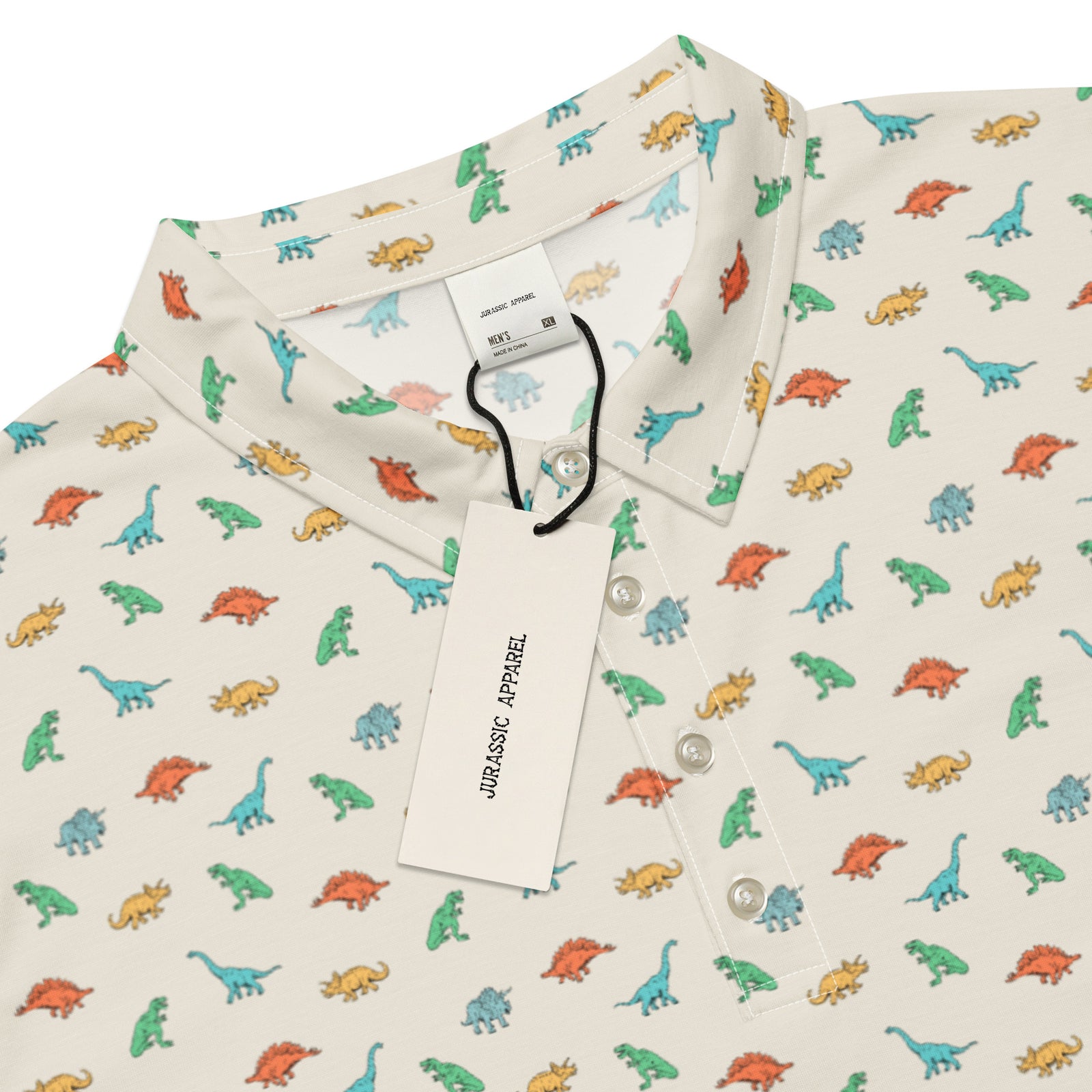Free Shipping On Orders over $75
Free Shipping On Orders over $75
Women's
Men's
Kids
Baby/Toddler
Accessories
Garudimimus
August 01, 2024 3 min read

(AI Interpretation)
Discovering Garudimimus: The Unique Dinosaur
Dinosaur Facts:
- Dinosaur Type: Ornithomimid
- Period: Late Cretaceous
- Diet: Omnivorous (primarily herbivorous)
- Length: Approximately 3 meters (10 feet)
- Height: About 1.8 meters (6 feet) at the hips
- Weight: Estimated around 120 kg (265 lbs)
- Notable Features: Long limbs, small skull, and a beak-like mouth
Garudimimus for Kids
Meet Garudimimus! Garudimimus is a fascinating dinosaur that lived during the Late Cretaceous period, around 70 million years ago. Its unique features make it a notable member of the Ornithomimidae family, often called "ostrich dinosaurs" due to their bird-like characteristics.
What did Garudimimus look like? Garudimimus had a slender, elongated body reminiscent of modern birds. It had long legs for running, a small head with a beak-like mouth, and a long tail for balance – all adaptations that indicate it was likely a fast mover.
What did Garudimimus eat? As an omnivore, Garudimimus fed on a mix of plants, fruits, and possibly small animals. Its beak was well-adapted for stripping leaves and fruits from trees, making it an efficient forager.
In-Depth Look at Garudimimus
Anatomy and Physical Features Garudimimus stood out with its long limbs, which were much longer relative to its body than those of many other dinosaurs. Its lightweight skeleton and elongated fingers hint at a lifestyle that involved speed and agility. The pelvis was particularly notable for its narrow hips, which suggest it was built for running.
Behavior and Habitat Garudimimus thrived in the warm, semi-arid environments of its time, likely inhabiting open plains and woodlands. Its build suggests it was a fast runner, which could have been useful for evading predators like the formidable Tyrannosaurus rex. Its social behavior is less well understood, but it may have traveled in small groups to forage or avoid danger.
Scientific Discovery and Research Garudimimus was first described in 1990, based on fossil findings in Mongolia. It was initially thought to be a genus closely related to giant theropods, but further studies highlighted its unique place in the evolutionary tree, emphasizing its bird-like features and omnivorous diet (American Museum of Natural History).
Social Behavior and Hunting Techniques Evidence suggests that Garudimimus may have displayed some social behaviors, possibly foraging in small groups. This could have provided added protection against predators and increased efficiency in finding food. Its beak and long limbs may have also allowed it to hunt small animals opportunistically, alongside its primarily herbivorous diet (Natural History Museum).
Garudimimus in Popular Culture Although not as famous as T. rex or Velociraptor, Garudimimus has found a spot within popular culture, often featured in documentaries and dinosaur encyclopedias aimed at children. Its bird-like characteristics have made it a subject of interest in discussions about the evolution of birds from theropod dinosaurs.
Ongoing Research and Discoveries Paleontologists continue to study Garudimimus for insights into dinosaur evolution and behavior. Its unique adaptations provide clues about the transition from dinosaurs to modern birds. Recent findings and advanced imaging techniques, such as CT scans, are helping scientists understand more about Garudimimus and its relatives (Scientific American).
Conclusion Garudimimus stands out as a remarkable dinosaur from the Late Cretaceous period, showcasing the diversity and adaptability of the Ornithomimid group. With its unique features and behaviors, it provides a captivating window into understanding the evolutionary link between dinosaurs and birds. Ongoing research ensures that the story of Garudimimus will continue to unfold, enriching our knowledge of the prehistoric world.





